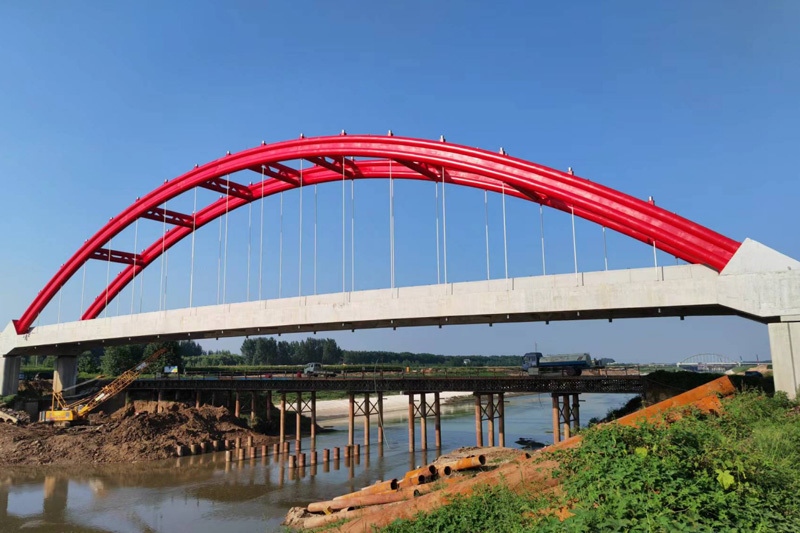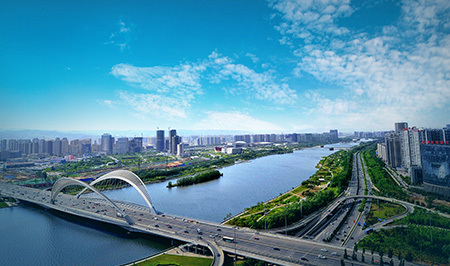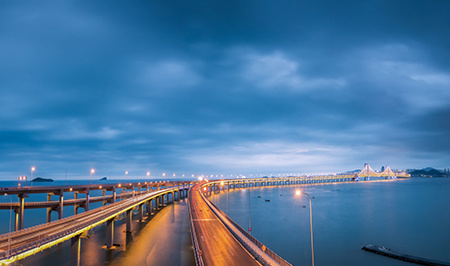Rail transportation can be divided into seven categories, you know?
Release time:
2024-10-24
Rail transit, as an important mode of transportation in modern cities, has brought great convenience for people to travel.

Classification and Overview of Rail Transit
Rail transit, as an important mode of transportation in modern cities, has brought great convenience for people to travel. According to different technical characteristics, operation methods and construction purposes, rail transit can be divided into seven categories. Let's take a look at these seven categories.
1. Metro
Subway is a general term for all kinds of underground railway traffic covering urban areas. They usually run in underground tunnels and sometimes cross ground or viaducts. The subway has the advantages of large capacity, fast speed, punctuality and so on.
2. light rail
Light rail transit operates mainly in urban areas, using specialized tracks and light vehicles. Compared with the subway, the cost of light rail is relatively low, which is suitable for the traffic needs of urban sub-central areas and small and medium-sized cities.
3. monorail railway
Monorail is a suspended rail transit system with a unique track beam. Its vehicles travel on a single track, suitable for construction in the city's busy areas and dense areas.
4. City Express
The urban fast rail mainly serves the fast commuting demand between the city and the surrounding satellite towns. They are designed for higher speeds and can meet the rapid traffic needs of larger areas.
5. modern tram
Modern trams operate in cities, using a track system similar to that of streetcars. They have the characteristics of environmental protection and energy saving, and are an important part of urban green travel.
6. automatic guided rail transit
Automatic guided rail transit is a new type of rail transit mode, which operates through automatic control system and guiding device. They are usually highly automated and intelligent, providing passengers with a convenient travel experience.
7. Maglev Rail Transit
Maglev rail transit uses maglev technology to achieve contactless operation between train and track. Its fast speed and low noise are one of the future development directions of rail transit.
These seven categories have their own characteristics, and construction and planning are carried out according to the actual situation and needs of the city. The development of rail transit not only facilitates people's travel, but also relieves the pressure of urban traffic and promotes the sustainable development of the city. With the progress of science and technology, rail transit will be more intelligent and efficient in the future, creating a better travel environment for people.
Today, these seven categories have been widely used in cities around the world, bringing great convenience to people's travel.
Tag:
Bridge construction
Previous Page:
Next page:
Recommend News
Share







